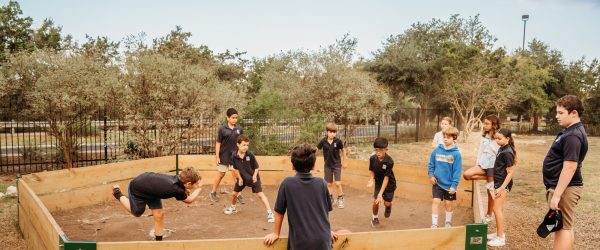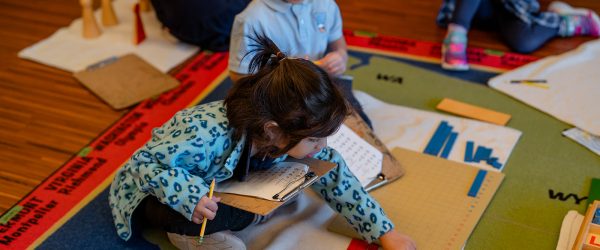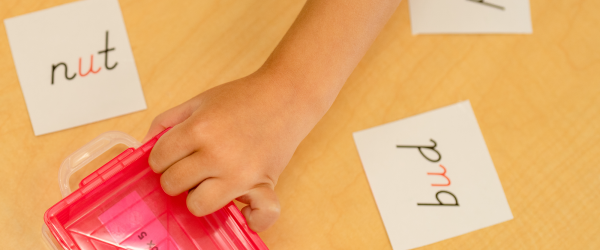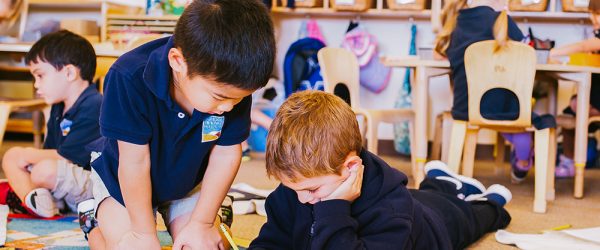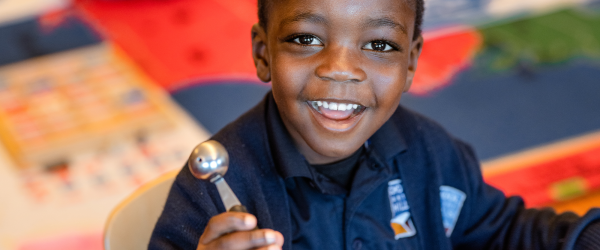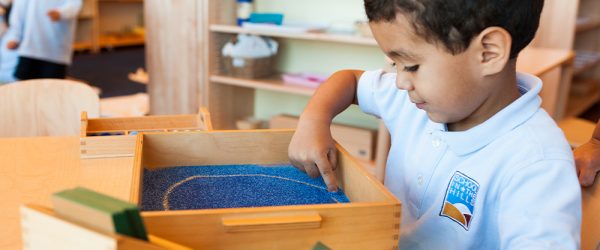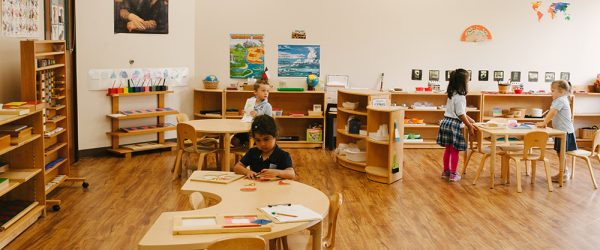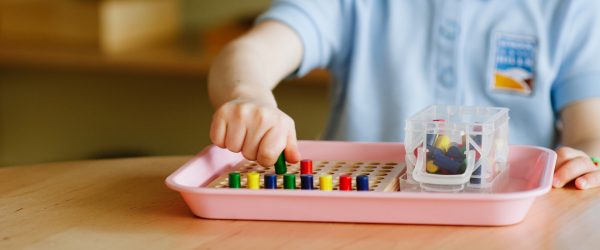At School in the Hills, one of the most beautiful elements of Montessori education is how it honors the child’s natural development. Each plane of development—from the toddler years to lower elementary and upper elementary to adolescence—unfolds in a way that is deeply rooted in the science of human growth.
What often goes unseen, but receives our team’s full attention, is the emotional and psychological journey children take as they transition from one classroom community to the next.
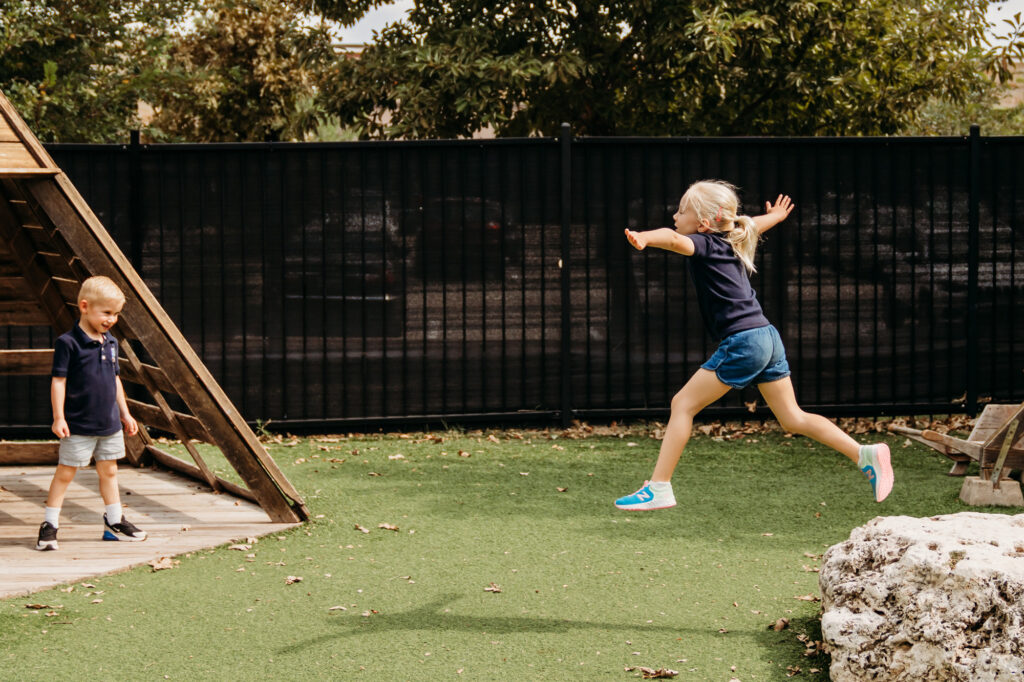
Change Is Natural—But It Isn’t Always Easy
When a child moves from one Montessori environment to the next—i.e., from primary to lower elementary—they’re not just moving classrooms. They’re entering a new developmental stage. They may go from being the oldest, most confident student in their room to the youngest, looking up to peers who’ve already found their footing. They may face new academic challenges, more complex social dynamics, or increased expectations for independence.
For some children, this transition is seamless and exciting. For others, it can be rocky. They might feel uncertain, cling to the familiar, or resist the new. And you know what? That’s okay. In fact, it’s more than okay—it’s necessary. Discomfort is a natural part of growth. And when children encounter that discomfort in a supportive, prepared Montessori environment, they learn to navigate it with resilience, not fear.
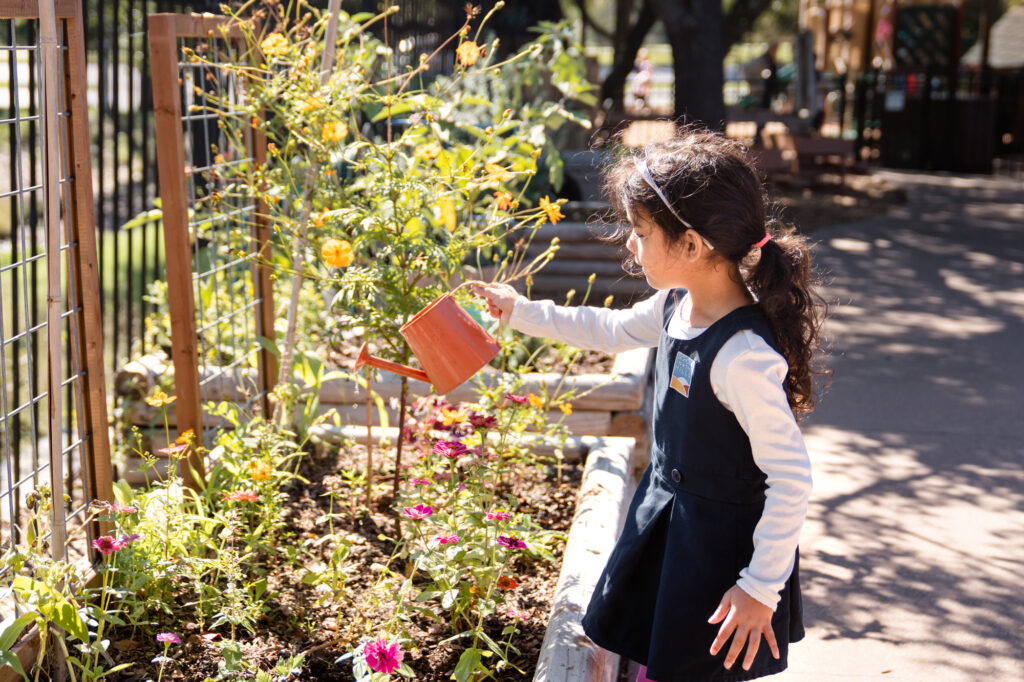
A Safe Space to Stretch and Grow
We design our authentic Montessori classrooms to consistently challenge students beyond their current abilities, offering a rich landscape of exploration within a safe and nurturing structure. Children who encounter frustration, uncertainty, or failure in this environment learn and refine tools to process those feelings constructively. They are encouraged to ask for help, observe and reflect, and try again. These experiences foster a growth mindset—the belief that abilities can be developed through effort and perseverance.
Transitions in our schools mirror real-life change. In the world beyond the classroom, children face new situations, unfamiliar environments, and evolving expectations. Our goal at School in the Hills is to help them practice navigating those moments now, so they’re well prepared for life into the future.
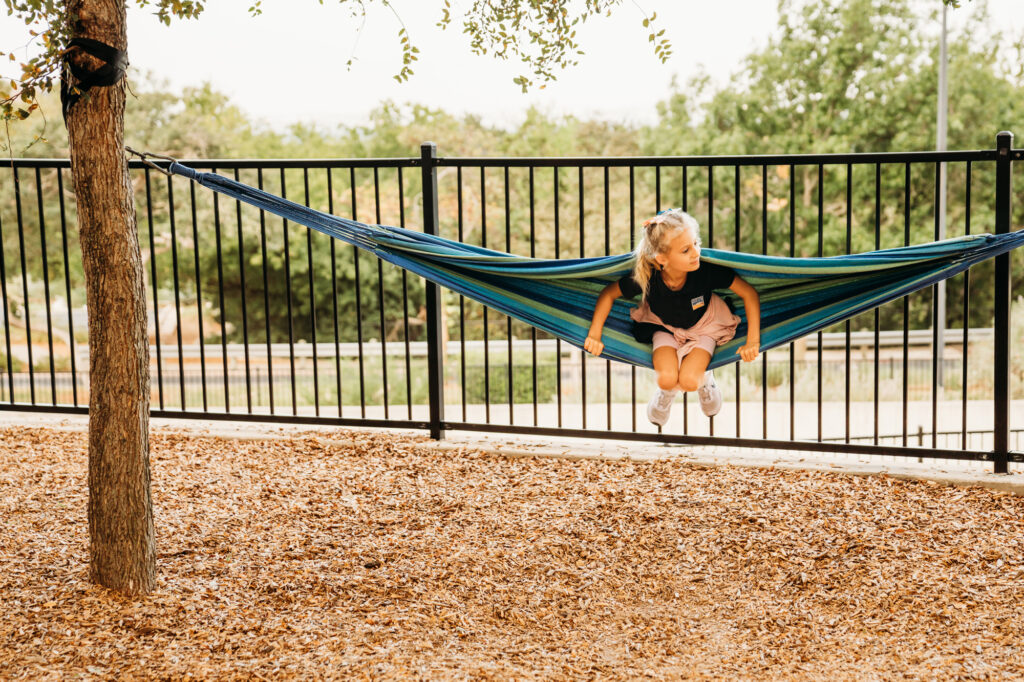
How School in the Hills Supports Transitions
We don’t simply move children from one classroom to another. We mindfully prepare them—emotionally, academically, and socially—for what’s ahead. Teachers across levels collaborate to ensure continuity, communicate regularly with parents, and create opportunities for students to visit and build relationships in their next classroom before officially transitioning. We acknowledge each child’s unique pace and personality and honor the process each one takes to adjust and thrive.
One of the greatest gifts of a Montessori education is that it anticipates these developmental shifts. The curriculum and environment are designed not to shield children from discomfort, but to help them face it with courage and curiosity. Rather than bracing against change, Montessori students learn to lean into it—to see challenge as a chance to grow.
A Foundation for Life
The small struggles children face during Montessori transitions are the seeds of independence, empathy, and adaptability. These moments—when they doubt themselves and then discover they can do hard things—are where true growth begins, and exactly why Montessori works.
At School in the Hills, we don’t just prepare children for the next grade. We prepare them for life. The emotional intelligence, resilience, and self-awareness they build here will carry them far beyond our walls.
Transitions can be challenging, but with the proper support and a method grounded in respect for the whole child, those hard moments become turning points. And we are honored to walk beside our students as they grow, stretch, and rise to meet the next stage of their incredible journey.
